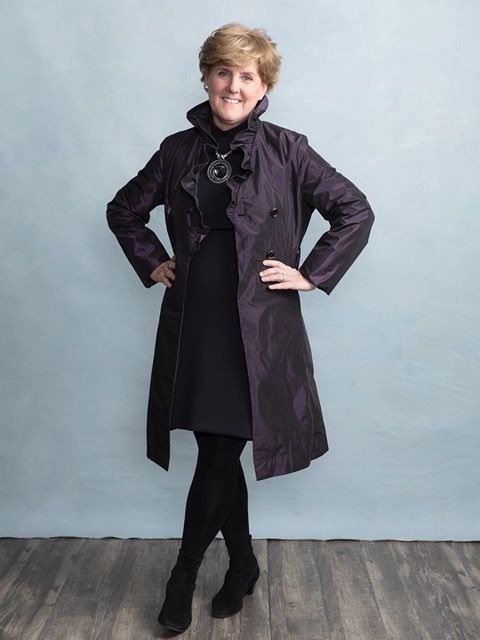WhenThe Brady Bunch debuted on television in 1969, the idea of a happily blended family was a novelty. There was still a certain stigma associated with divorce, so on that sitcom, the parents were both widowed. Society has evolved considerably in the last 50+ years, and it's no longer rare for people to be married and divorced multiple times in the course of their lives.
As with first marriages, love is often cited as the primary reason for remarrying, but better physical and financial health are also high on the list. To make a second marriage work takes commitment and hard work. For successful business owners, second marriages are sometimes affected by conflicts over how family wealth will be inherited, which can spark painful rifts or family feuds.
While conducting research for the book Finding Her Voice and Creating a Legacy, I interviewed several women who married into the families of successful business owners. They were mindful of the sometimes-sensitive nature of their status in the family and often took active steps to anticipate and avoid negativity while creating harmony in the extended family.
Several of the women whom my coauthor (Dennis Jaffe) and I interviewed married business creators with children from their earlier marriages. There's no defined role for a second wife, and there's sometimes a chance that her mere presence may cause tension among the rest of the family. Sometimes, the new spouse is considerably younger and seen as a competitor or even an intruder by the children, something that becomes more likely to be true the older the children are. The new spouses in our study defined positive, distinctive contributing roles to the business and the family and didn't want to remain disconnected from their new stepchildren or act as a distant rival for the father's affection.
Becoming the Chief Emotional Officer
Being the new wife of a man who has created a large family business and has grown children can be quite a challenge. Meryl, one of our subjects, and her second husband both came into the marriage with adult children. Not wanting to be seen as an interloper or disruptor, Meryl decided to take on the role of the family's “chief emotional officer” and use small changes to make a big impact.
The husband's family had been split by a contentious divorce, so she set out to create harmony. She realized that the mother of her stepchildren would always be in their lives, so she made a conscious effort to include her husband's former wife in family activities and holidays.
As if that weren't enough, she also initiated several projects to strengthen the family culture and connect various family members. She wrote a history of the company, highlighting the contributions of many family members, including her husband and his former wife, and even started a monthly family newsletter featuring an interview with a different family member in each issue.
Her efforts led to a real sense of community among the several generations of the family. Although her husband has passed, these activities have kept the family connected, and she's now regarded as the family elder.
Another woman we interviewed married later in life when both her own and her new husband's children were nearly grown. Her husband was already a revered leader in the company, and she began to add another dimension. He valued employee engagement and community, but she could see that they weren't being fully expressed or implemented.
With a more human, personal touch, she began to work on it, building on her husband's values and adding her own much more open and expressive style to create opportunities to build community within the company. As a result, the company culture became more aligned with its stated values, as well as more open and collaborative. She told us she felt that her role was to foster the transmission of values across generations.
By acting with conscious attention, new wives can shift the tenor of a family while building or sustaining family connection. They can define and differentiate their role by being available to help the next generation make decisions and formulate their lives. It's not The Brady Bunch; it's something better. nFB
Amy Hart Clyne, CFP® is Chief Knowledge and Learning Officer at Pitcairn, a century-old multifamily office.


